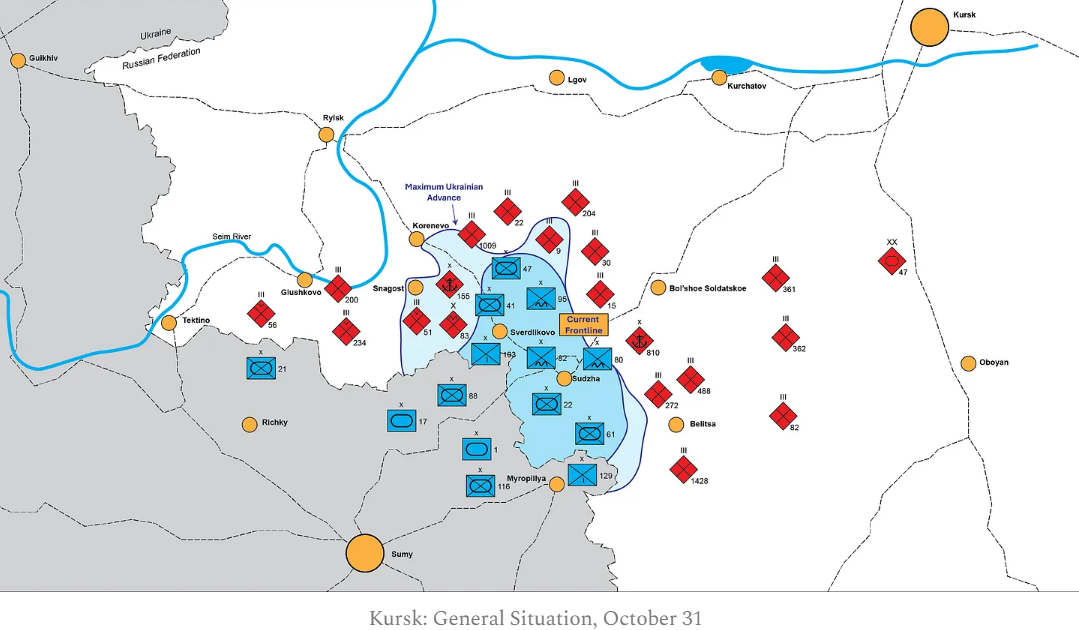
India's evolving security landscape has ignited debate over the potential acquisition of a strategic bomber, with Russia's Tupolev Tu-160 "White Swan" emerging as a prominent contender.
While the high cost of such platforms often raises concerns, the Tu-160 could offer India unique capabilities in long-range strikes and large-scale ordnance delivery.
Extended-Range Precision Strikes
The Tu-160, with its impressive 12,000-kilometer range, could significantly enhance India's power projection capabilities. Equipped with air-launched cruise missiles (ALCMs), it could strike targets deep within enemy territory without entering contested airspace, ensuring both survivability and operational flexibility for the Indian Air Force (IAF). This capability would bolster India's nuclear triad, providing a credible deterrent against large-scale aggression.Mass Strikes in Uncontested Airspace
In scenarios where India enjoys air superiority, the Tu-160's massive payload capacity could be a game-changer. Whether for counter-terrorism operations or neutralizing infrastructure, the bomber could deliver a devastating blow with a single sortie, potentially carrying a mix of munitions tailored to specific mission needs. This flexibility would enhance the IAF's responsiveness to diverse contingencies.The Tu-160: A Closer Look
The "White Swan" is the world's largest and fastest supersonic bomber, capable of Mach 2 speeds and carrying a 45-ton payload. Its design allows for both high-altitude penetration and low-altitude evasion. With Russia's expertise in missile technology, India could integrate various Russian and indigenous ALCMs, customizing the bomber to its strategic doctrine.Furthermore, the Tu-160's endurance and range make it suitable for patrolling the Indian Ocean Region (IOR), where China's growing presence has become a concern. Its presence could serve as a visible deterrent, signaling India's long-range strike capabilities.
Challenges and Considerations
Despite its advantages, the Tu-160 presents challenges:- Dependence on Russia: Operating the Tu-160 would create reliance on Russian support, potentially hindering India's pursuit of defence self-reliance.
- High Costs: Acquisition, operation, and maintenance costs are substantial, potentially straining India's defence budget.
- Strategic Doctrine:Integrating a strategic bomber may require a shift in India's defence doctrine and necessitate new command and control infrastructure.
- Alternative Platforms: Achieving similar strategic goals through more cost-effective platforms, such as upgrading existing aircraft with long-range missiles, remains an option.
Conclusion
The Tu-160 offers compelling capabilities, but its feasibility hinges on a careful assessment of costs, logistical challenges, and strategic alignment. While India's evolving security environment demands enhanced strike capabilities, whether a heavy strategic bomber is the optimal solution remains a subject of debate.If the advantages outweigh the challenges, the Tu-160 could become a valuable asset for deterrence and power projection. However, if cost-efficiency and operational practicality are prioritized, India may opt for alternative platforms that offer similar capabilities with a lower burden.

